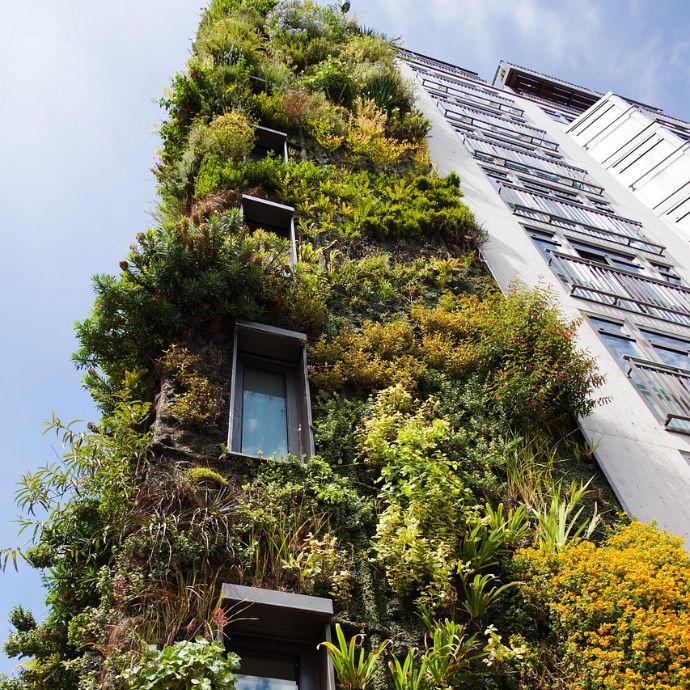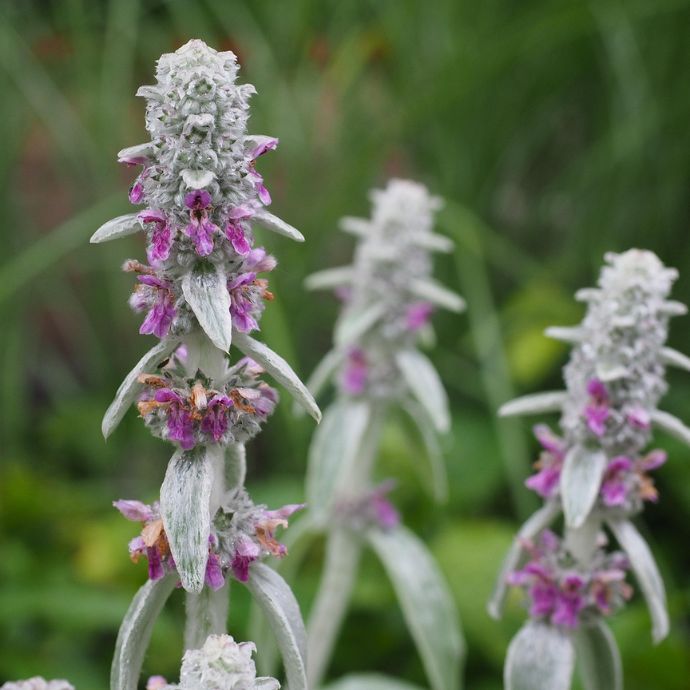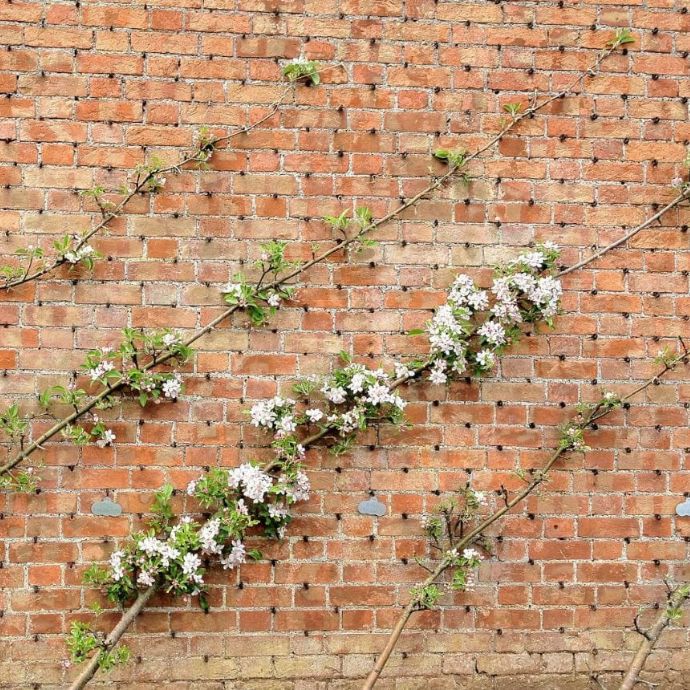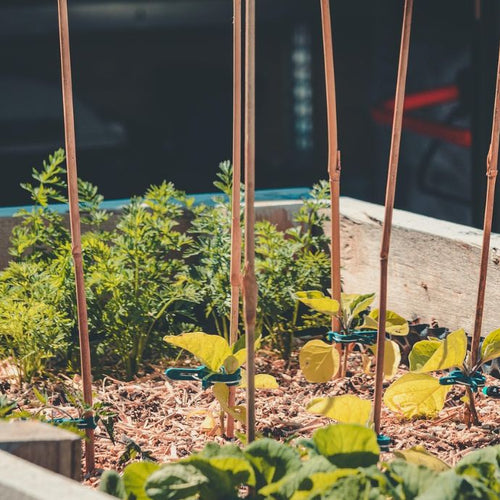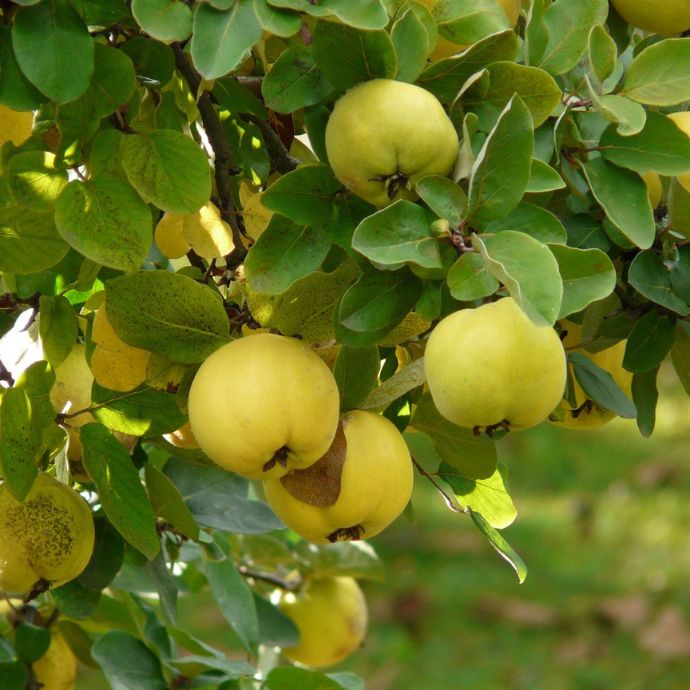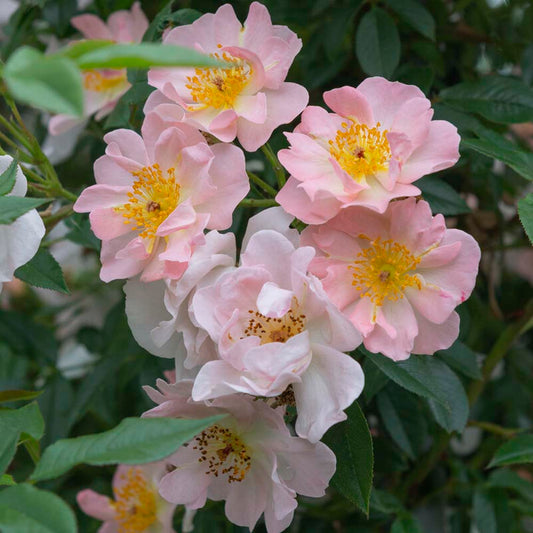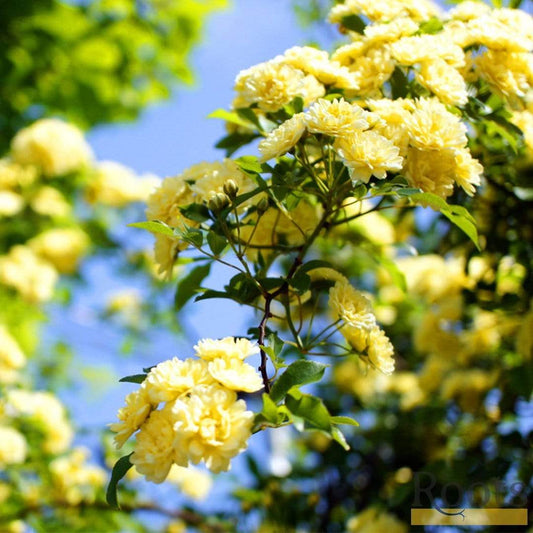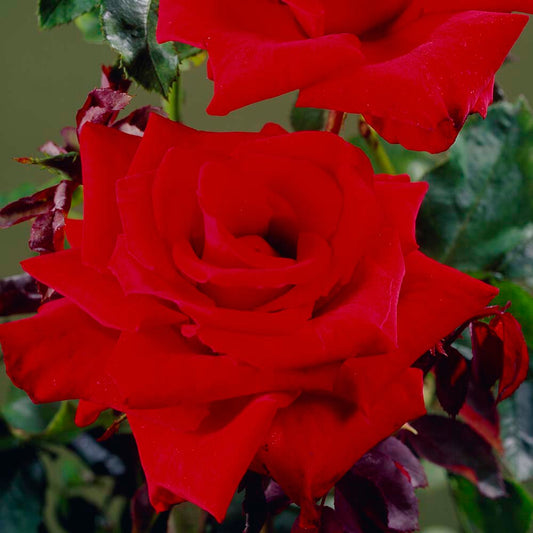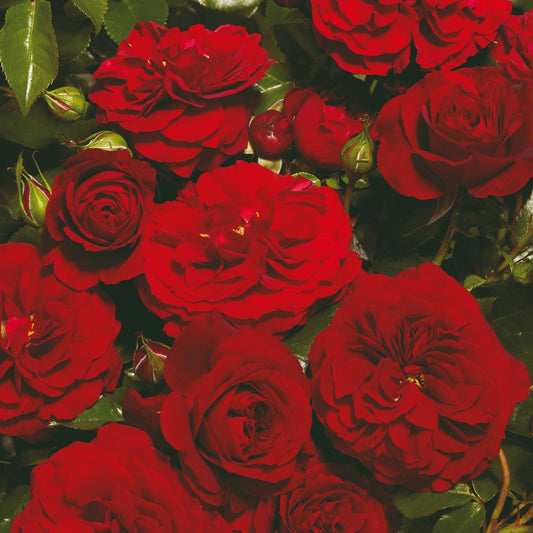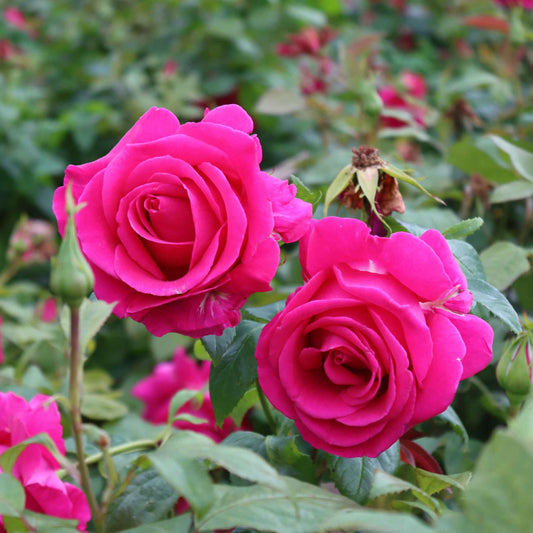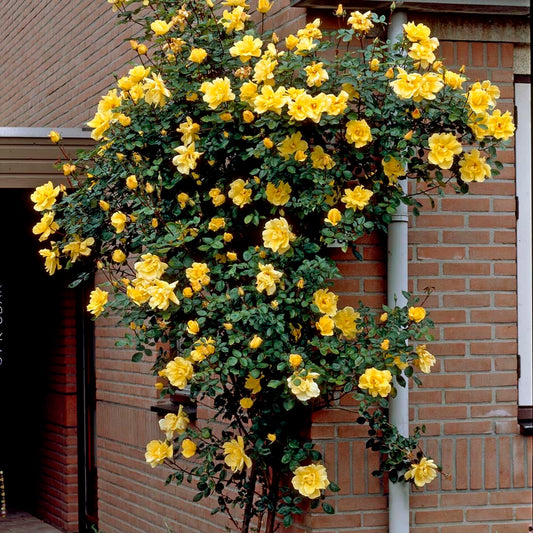Rose Garden Ideas: Layouts, Colours & Planting

Roses are such versatile plants that it’s hard to imagine a garden without them, but that doesn’t mean they have to be just something you stick in a flower bed and forget about. From the traditional formal rose garden to more contemporary style plantings, roses have a place in every kind of planting scheme, no matter how large or small the space you have to work with - the only limit is your imagination! Feeling inspired? Here are a few of our favourite rose garden ideas, old and new.
Jump to:
- Formal rose garden
- Block planting
- Cottage garden
- City garden
- Wildlife garden
- Container garden
- Sensory garden
The formal rose garden
When you think of a rose garden, it may be a formal style that comes to mind, with symmetrical or sunken beds, geometric shapes and block plantings of single species roses all surrounded with low, clipped hedges - Queen Mary’s Garden in Regent’s Park is a perfect example. This style isn’t as difficult to replicate as you might think, and can be tailored to fit with your space. It’s a wonderfully calming style of planting, but does need a fair bit of upkeep to keep it looking pristine. Contemporary garden designers have taken elements of the style, updating it with softer touches and expanding the colour palette - check out the rose garden at Newby Hall - for a lower maintenance, less formal alternative.
Discover more formal garden ideas.

Block planting
You don’t need a formal garden (or vast acres) to try out block planting your roses - block planting is a great way of creating a coordinated border. It simply means picking one or two colours (or several shades of the same colour) and planting them together in a large group. The effect can be peaceful (try a blend of pinks, whites and lilacs), dramatic (reds, oranges, yellows) or anything in between! For a more stately style, choose one variety of rose per bed and keep them to the same height, or for a more informal cottage garden look, mix up shades and heights. To bring a contemporary twist, add on-trend ornamental grasses in a contrasting colour.
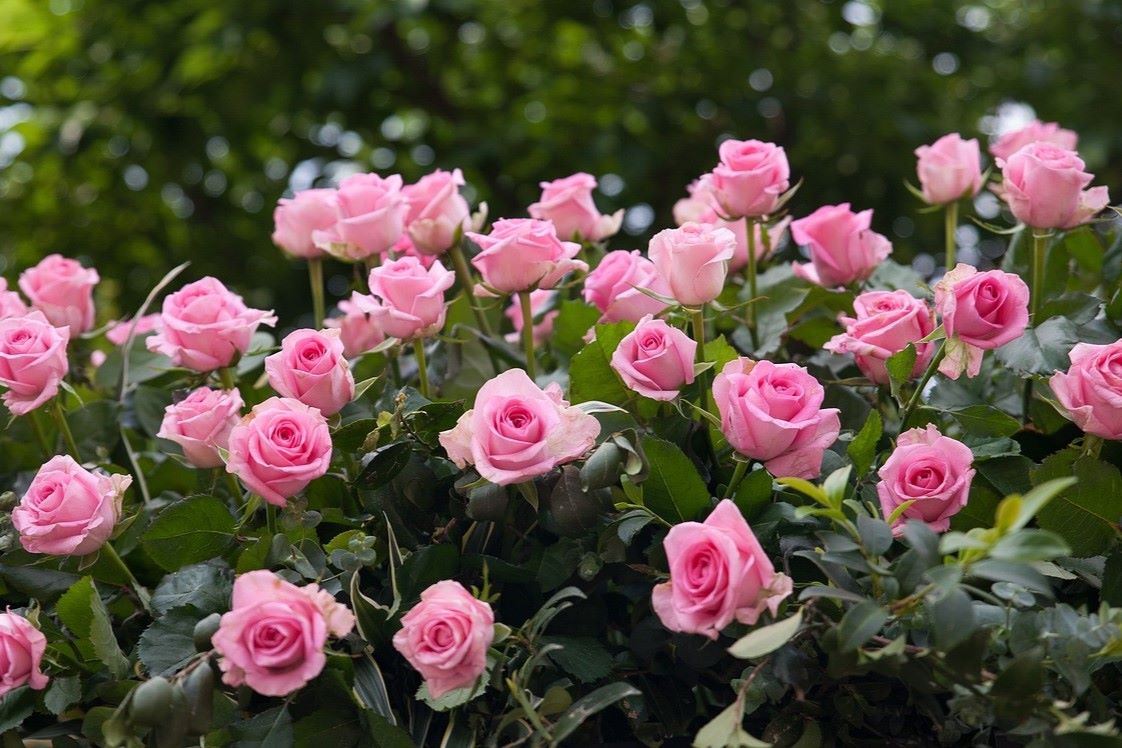
A cottage garden
The classic cottage garden combination is roses and lavender, but the rule of this informal, jumbled planting scheme is that there are no rules. Roses make a perfect addition to a mixed border full of perennials in complementary colours - try alliums, foxgloves, delphiniums and irises, and be sure to add a traditional touch by dotting herb plants amongst the flowers. To add height to your cottage garden border, grow climbing roses on obelisks or trellises. And of course the roses around the door are a given! Get more cottage garden inspo with our easy planting guide.
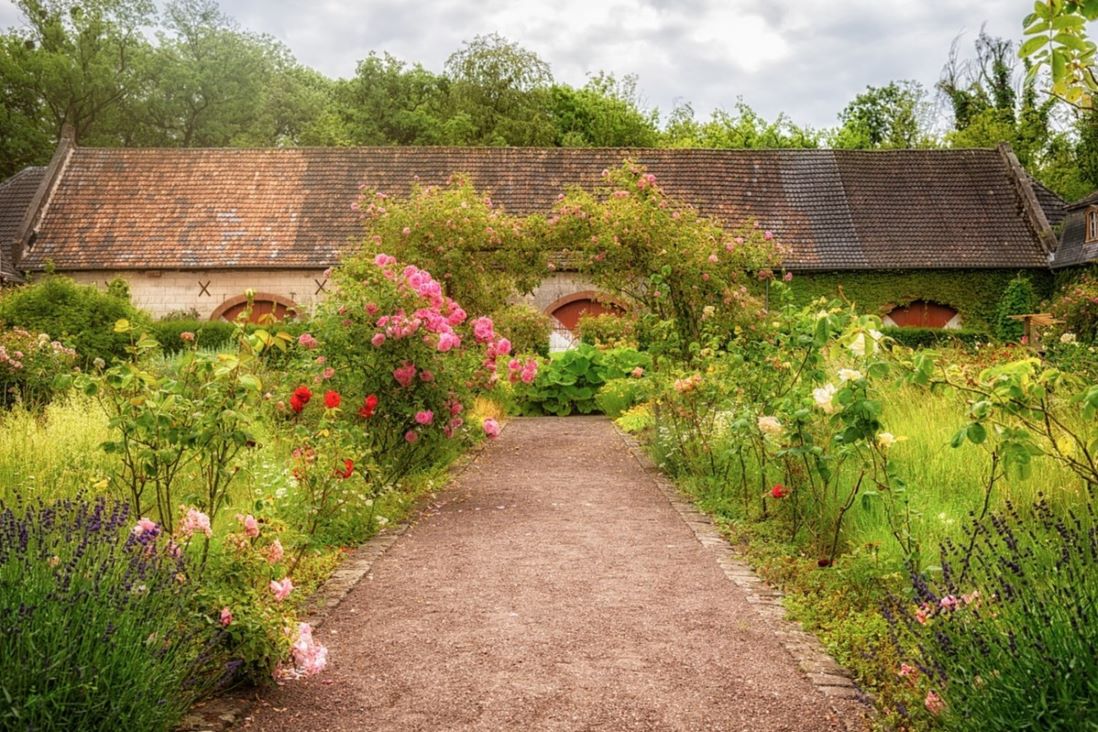
Slick city garden
City gardens are often short on space, but clever planting can turn the smallest yard or forecourt into a rose-filled oasis. If there’s no soil or the soil is poor quality, use large, deep containers to create the illusion of space, and stick to a limited colour palette in calm tones like white, lilac or peach. A garden like this should be a place to sit and escape the noise and bustle of the day - planting scented roses near your seating area adds another level of enjoyment. Don’t forget the vertical spaces - use climbing and rambling roses to maximise your growing space, disguise unsightly walls or fences and soften noise.

Growing for wildlife
You might think roses are too highly cultivated to claim their place in a wildlife garden, but choose carefully and the creatures will come flocking. Wild roses are the best choice, especially for hedging. Their single flowers are highly attractive to bees and butterflies and their dense thorny growth provides the ideal place for birds to nest and small mammals to shelter. Any single flowered rose is a great choice for a wildlife haven - the general rule is that if you can see the stamens in the middle of the rose, the bees will be able to get to them easily to harvest all that nectar and pollen. And the wildlife watching doesn’t have to end when the flowers do - choose a rose that produces rose hips and you’ll get a steady stream of birds all winter long.
Explore more ideas for wildlife gardens.
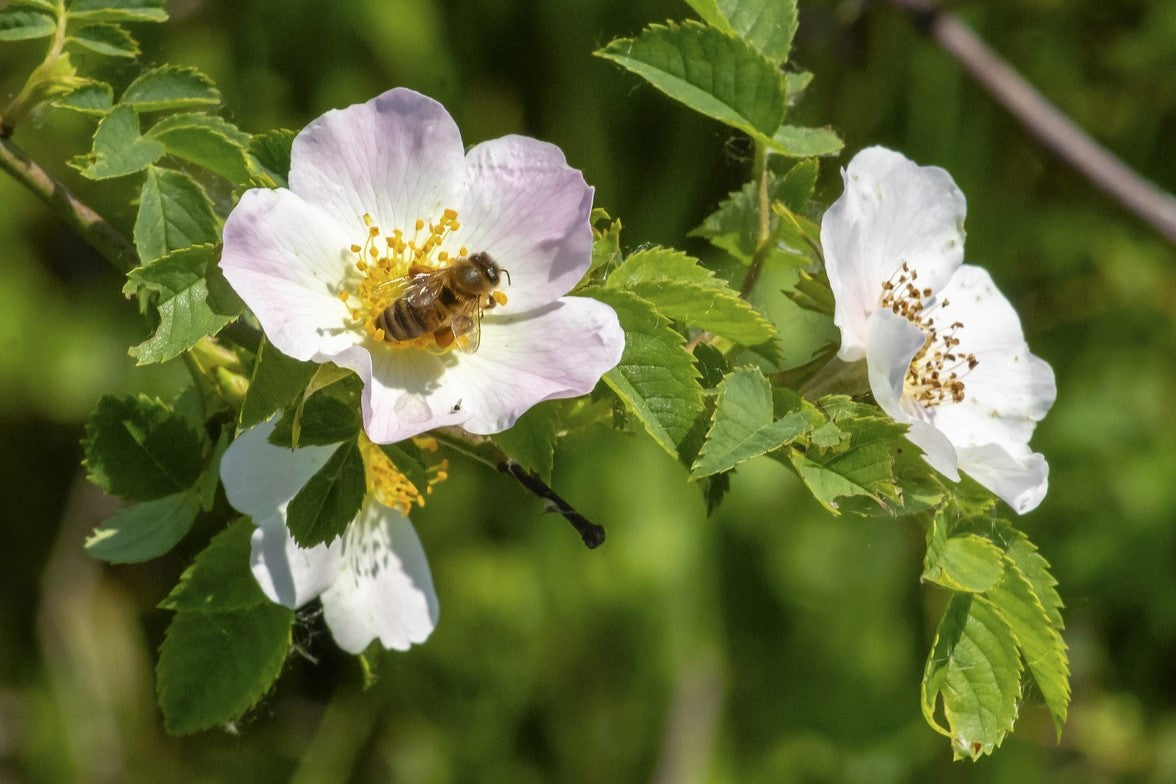
Container gardens
Pots and containers are an excellent way to display your roses, especially if you’re short on space. The big advantage they have is that you can move them around and rearrange them for a new look or to give your plants the maximum amount of light throughout the seasons. Choose pots that match your rose or upcycle a barrel, metal bucket or chimney pot for a more whimsical look (if you have a local salvage yard, the sky’s the limit). Sunny balconies make the ideal habitat for roses - miniature roses can be planted in window boxes and compact climbing roses trained through railings. Be sure to pick rose varieties that are compact enough to plant in pots (patio, miniature, floribunda and polyantha roses are best) and display singly as a statement or group several pots together for a Mediterranean courtyard vibe.
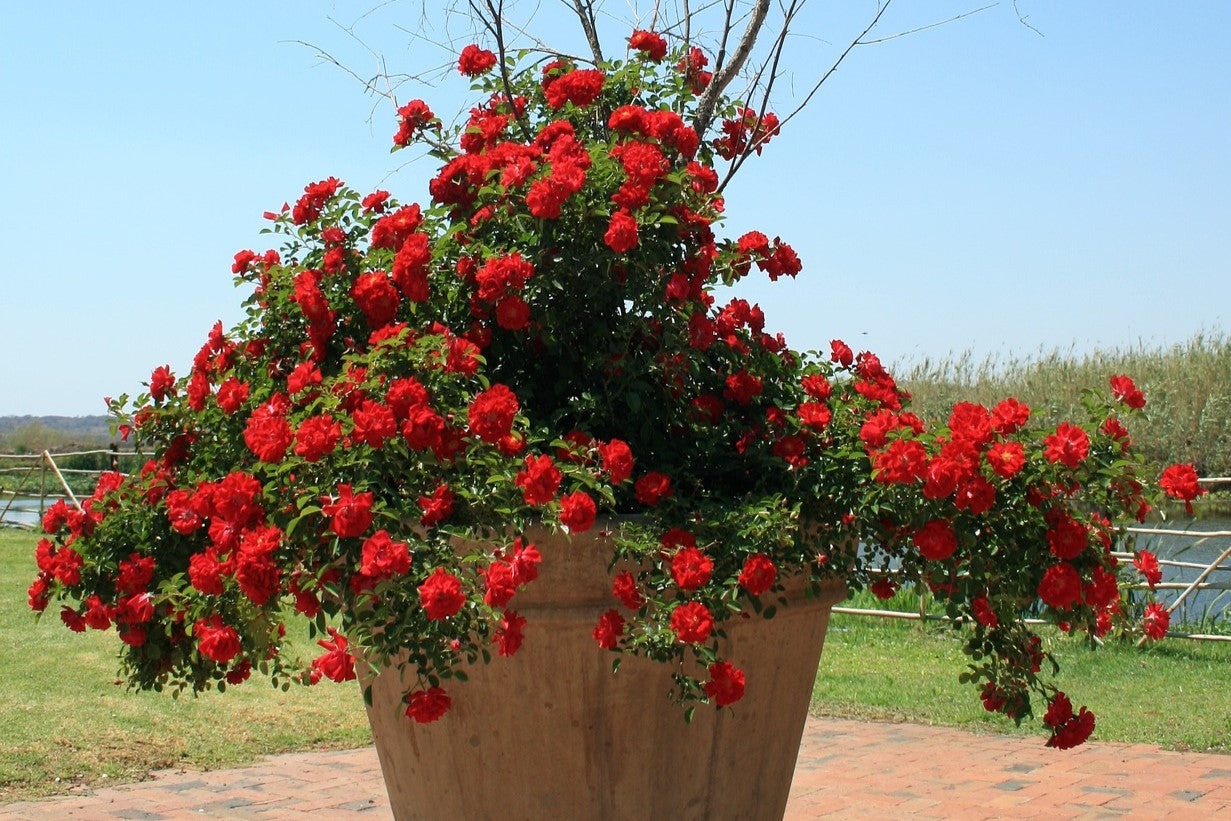
A sensory garden
Roses have a lot to contribute to a sensory garden - fragrance, colour, the smooth, velvety texture of the petals and of course the buzz of the bees around them. Choose the strongest scented, brightest colours you can find - and avoid those with a lot of thorns. You can even eat the petals! Many other sensory garden plants are natural companions for roses, with chives providing natural anti-fungal properties, mint repelling aphids and lavender enjoying the same growing conditions. Add a water feature or a mini pond and some softly swaying grasses or bamboo for the full multi-sensory experience.
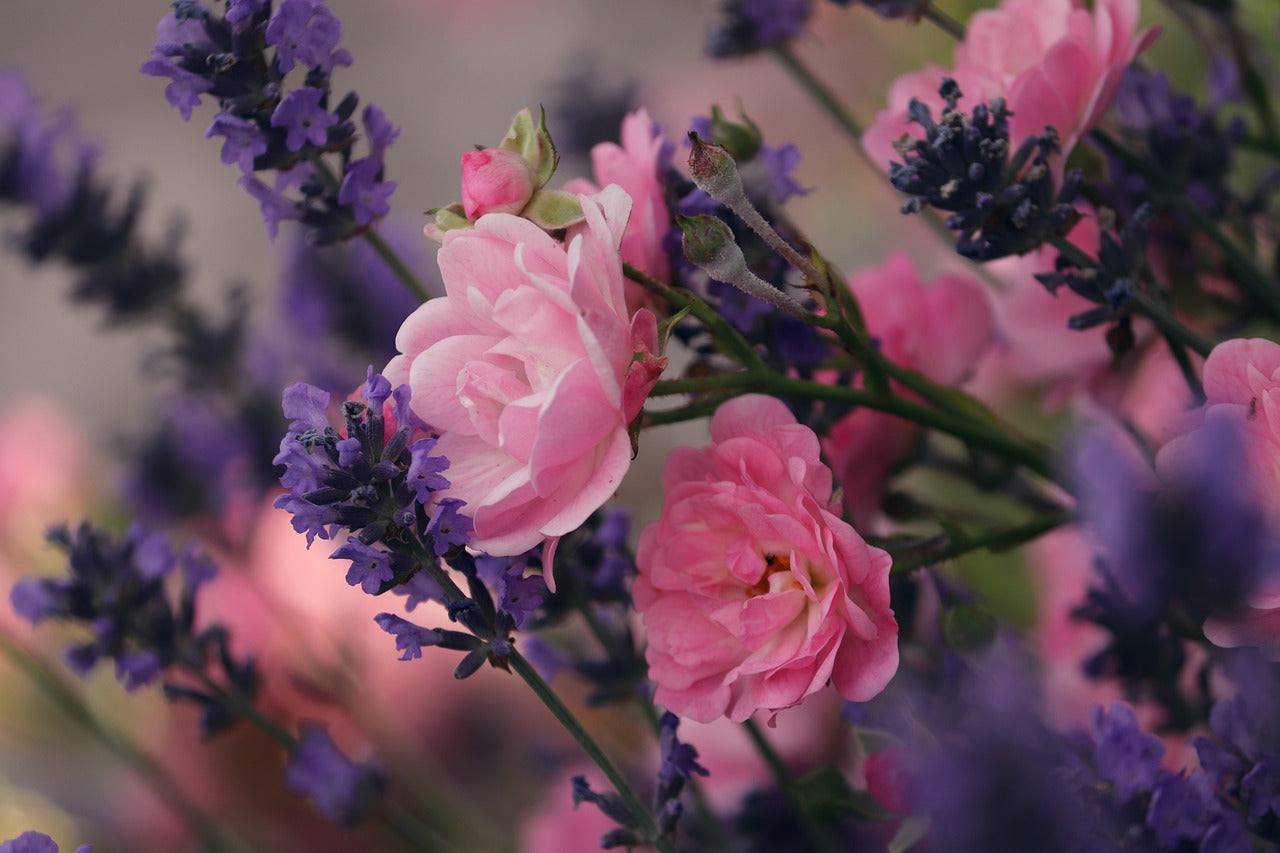
Last updated: 13/11/2023


